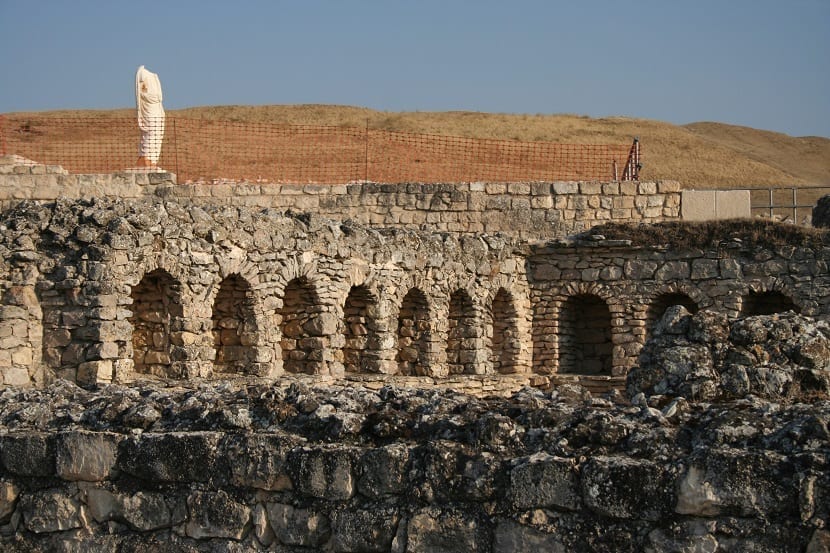
Let's go back in time to discover segobriga. It is an archaeological park where we will find important Celtic and Roman sites. It is one of the best preserved areas if we compare it with other parts of the peninsula. Behind her hides numerous legends and an important history.
A visit to Segóbriga will give us a clear idea about what life was like in a city of antiquity. A perfect way to soak up other traditions and another way of life. It is located on a hill, it had a wall and three gates located in different locations. We take a walk through this Roman city!
Where is Segóbriga located
You don't have to go far to visit this place. We have it located in Cuenca, precisely in the town of Saelices. To the south of it, we will find this park very close to the Cigüela river. The town is at kilometer 102 of the A-3 motorway that connects Madrid and Valencia.
History of Segóbriga
Its name has Celiberian origin. On the one hand, -sego would come to symbolize victory and on the other, -briga that is strength. So together, they could have given it the meaning of 'City of Victory'. In the XNUMXth century a tomb dating from the Bronze Age was found. In it appeared both human remains and other types of tools. From then on it began to be studied that, in its beginning, it was a Celtiberian fortress.
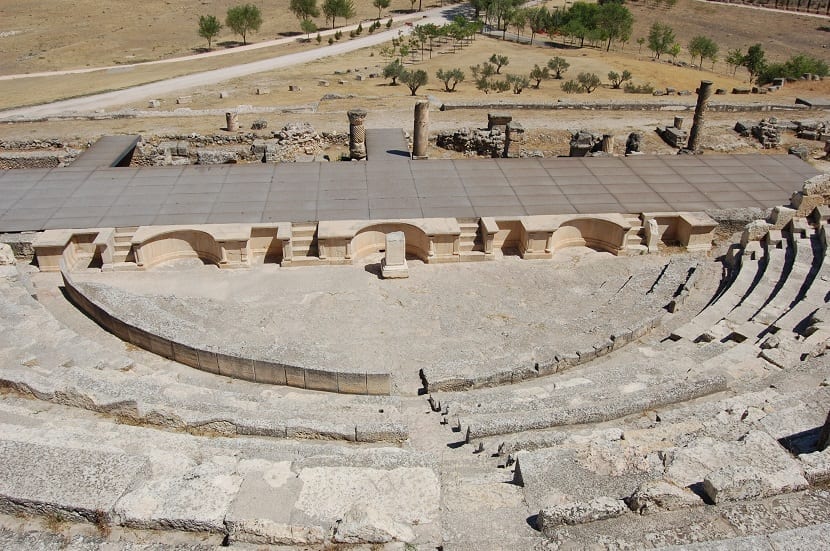
If we have to go back to the history of Segóbriga, it would be the geographer Strabo, who mentions it but simply in passing. He places her in Celtiberia. Little by little more information is being found and the place is mentioned in more moments. That is why it is said that after the Roman conquest, it would become a Celtiberian city. Of course, by the 80s BC it would become the center of the Plateau. With Augustus, it became a city that was ruled by Romans. The monuments, as well as the wall, date from this period. From the XNUMXth century on, it began to be abandoned. But after the Muslim invasion it would be its total decline.
A walk through the Roman city
Despite that deterioration or decay, we can still get an idea of what it was. That is why if we walk through this place we will enjoy unique corners. As we have well commented, the city was located on top of a hill. A wall was built to protect it. As well as three entry and exit doors. One oriented towards the north, another towards the east and the third towards the west.
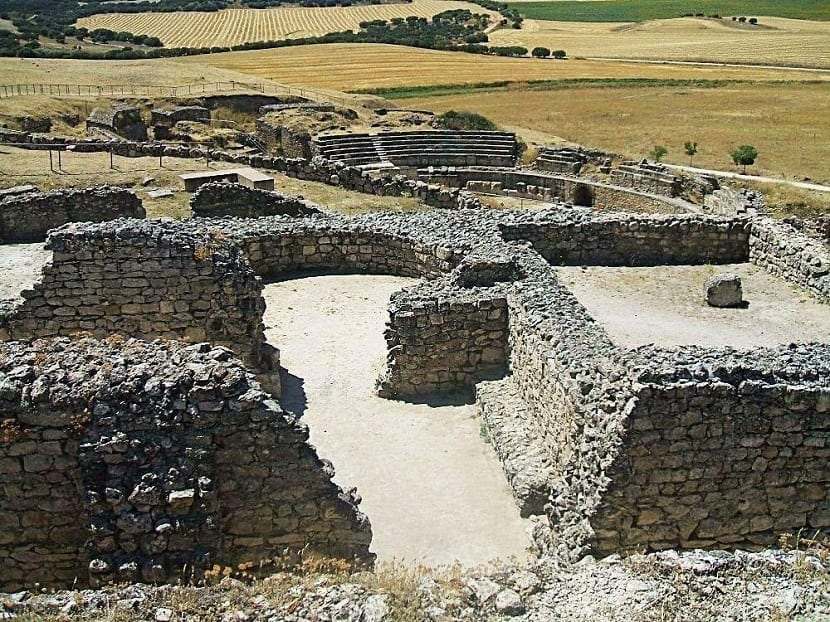
The entrance road already had main buildings. You could see both the theater and the amphitheater, which had capacity for more than 5000 people. Both were destined for the big parties and the most special moments in the city. It must be said that the north entrance gate was the one that brought us closer to a main street, this being the key point of the city. Also at the entrance there was a forum that was made up of a wide plaza and porticoes. Across the street and directly in front of the forum was the temple dedicated to worship. Behind him, there were also some hot springs, without forgetting the houses or markets.
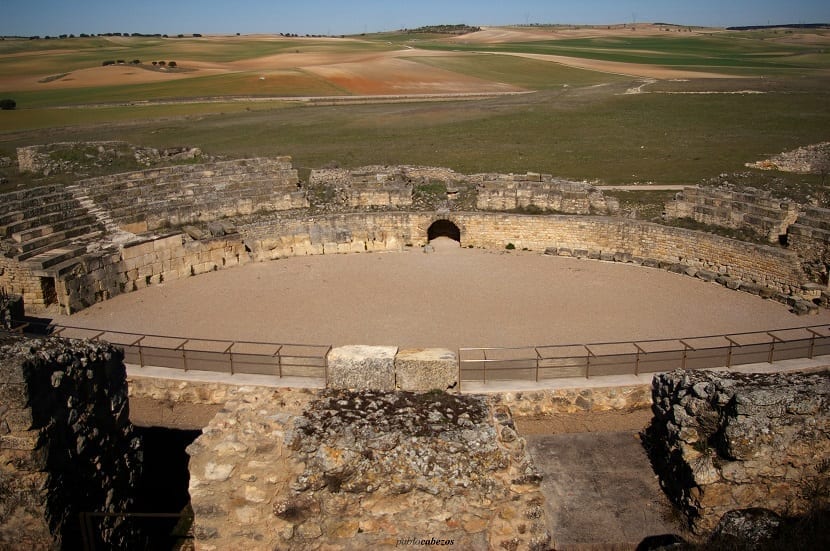
La economy of this city it was not limited to cattle ranching or cultivation of the land. Thanks to its perfect location, it controlled the marketing. It could be said that it was a hub city for communications. As well as a mining center, for its exploitation of the gypsum stone mines. This, being transparent, was perfect for the placement of both floors and windows.
The constructions of Segóbriga
The necropolis was a Celtiberian construction. But the Roman ones are more numerous in this place. On the one hand, we have the wall as well as the north gate. It is said that this wall had a length of 1300 meters. It was built during the time of Augustus. The monumental hot springs They were built in the XNUMXst century AD. They were intended for business but also for entertainment and hygiene.
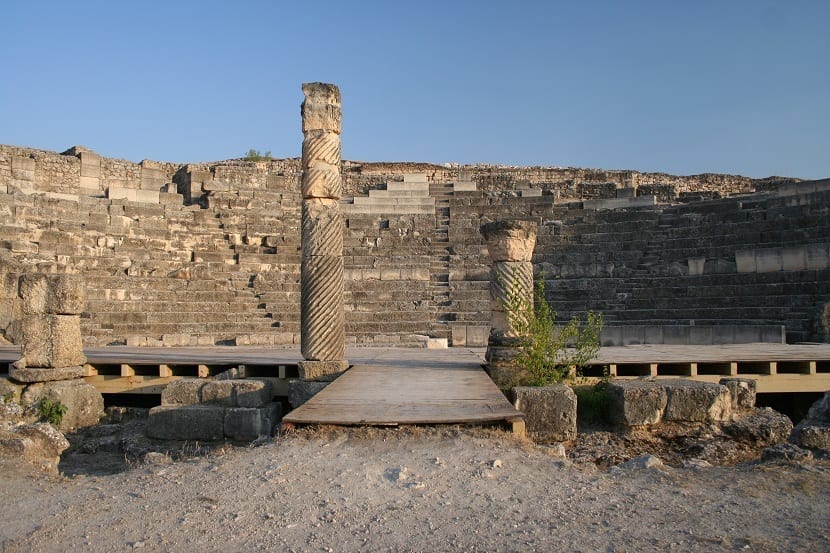
Also the forum is another of the key points and of course, a Roman construction. It had a rectangular shape and was located east of the main street. Surrounded by a large portico and columns, it was the political center of this area. Also the acropolis, the gymnasium or the aqueduct and the quarries are also all Roman. But it is true that we also find the Greek Head basilica, but in this case, it dates from the Visigothic period.
Rates and tips for visiting the park
There is an interpretation center that is a building to complete your visit. In it you will be informed of all those data that you may not know about this place. The general rate It is 6 euros, although there is a reduced of three euros for people over 65, students up to 25 years or groups. Children under 8 years old can also enter for free. If you decide to opt for a guided tour, then the price will be 10 euros.
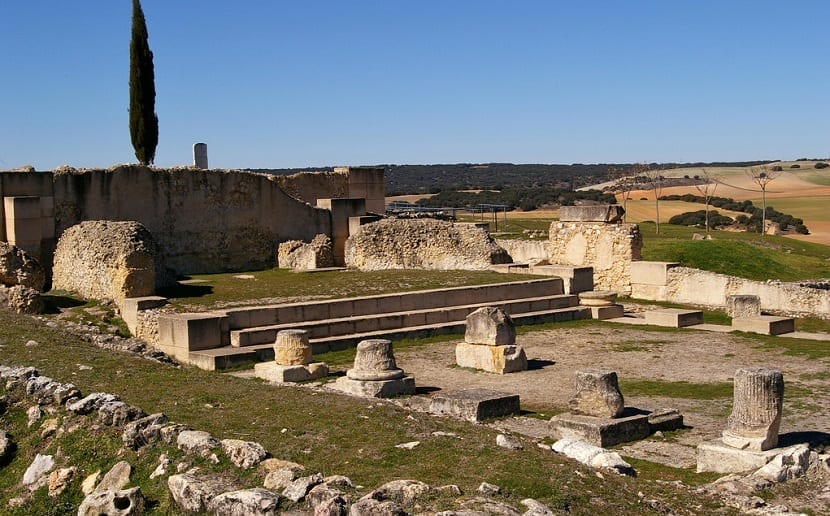
Hours change depending on the time of year. So it is worth consulting them previously.
- Winter time: From October 1 to March 31 it will be open from 10:00 to 18:00 and from Tuesday to Sunday.
- Summer schedule: From April 1 to September 30, it will be open from 10:00 a.m. to 15:00 p.m. and from 16:00 p.m. to 19:30 p.m. Also from Tuesday to Sunday.
You cannot eat inside the enclosure, but you can bring a plastic water bottle. Photographs can only be taken for personal and non-advertising use. Visiting time can vary, from 2 to 4 hours.